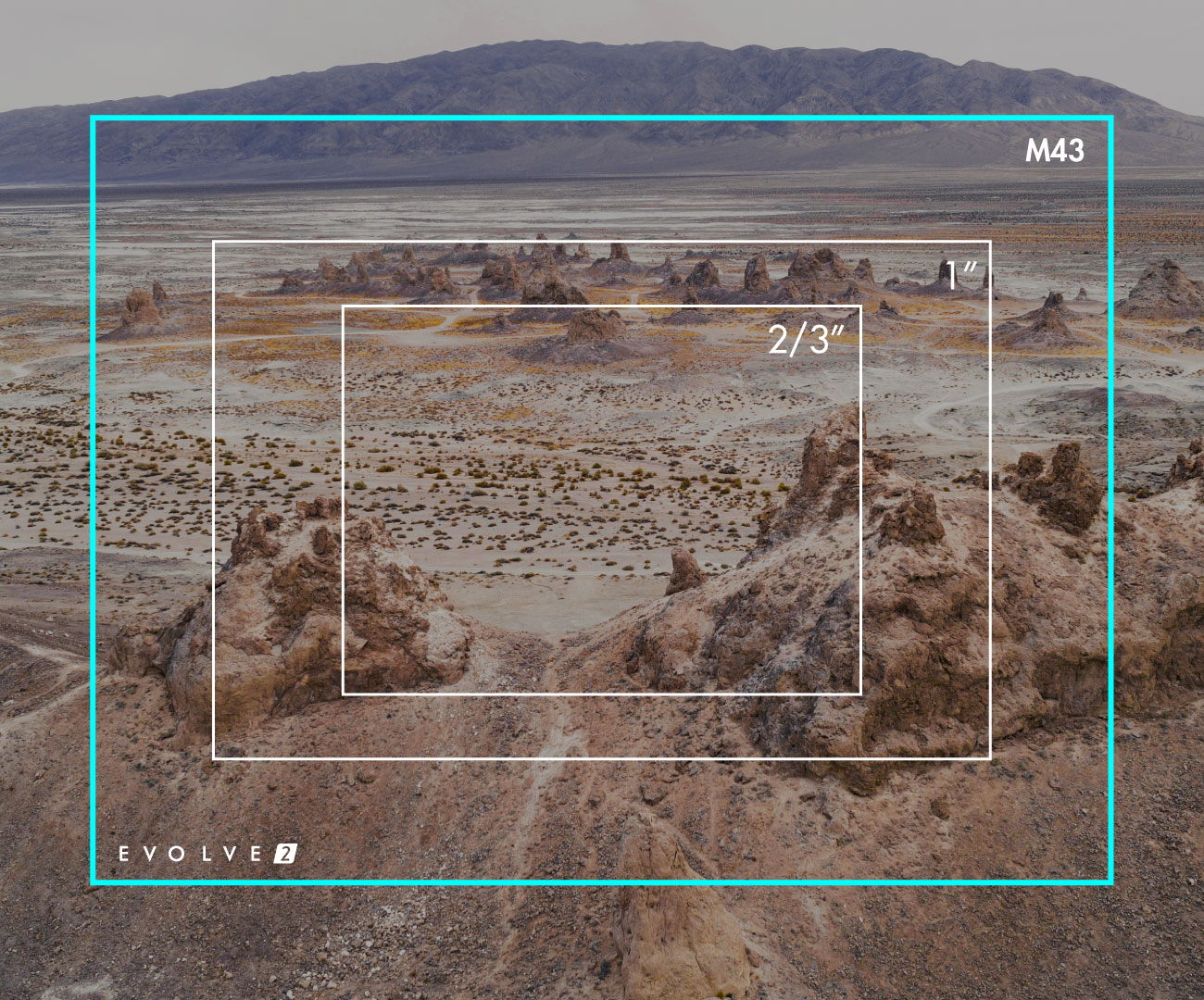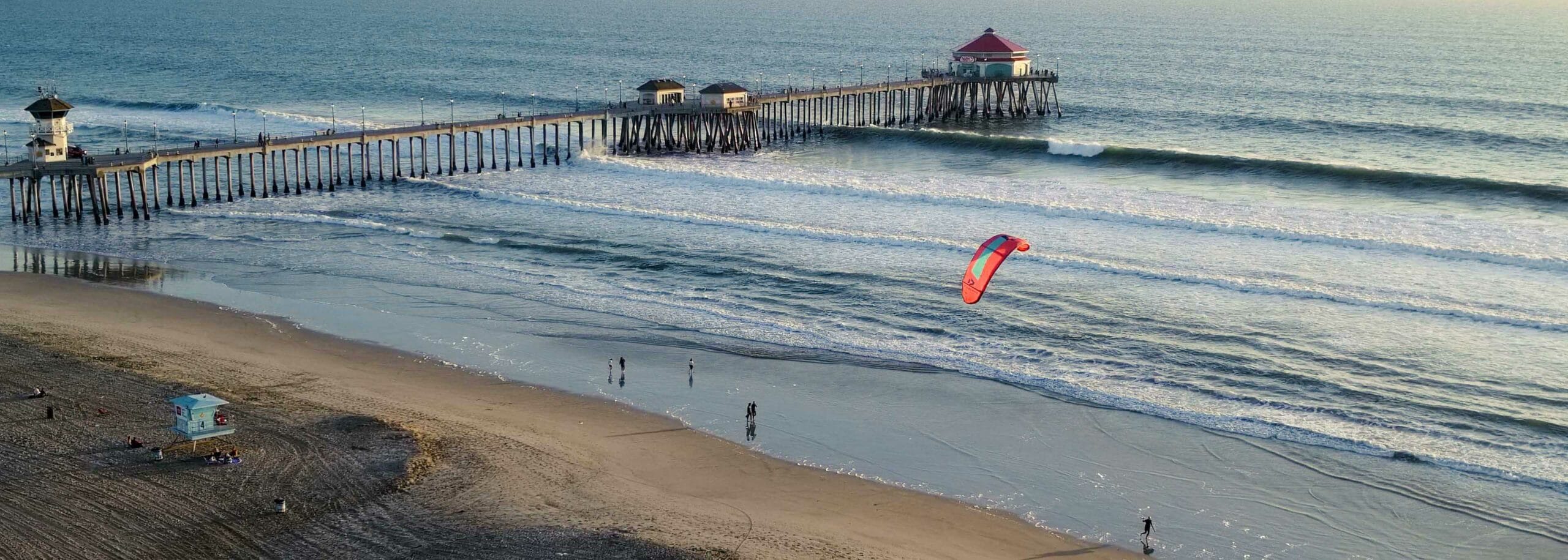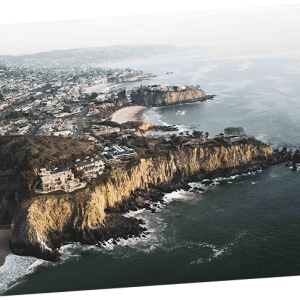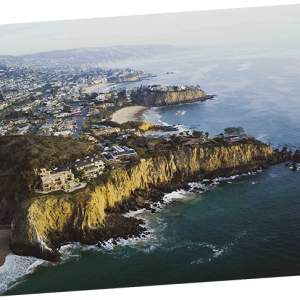Professional Quality Drone Camera - Compact Size - Interchangeable Lenses
XDynamics’ Astra m4/3 drone camera system was designed and built to be lightweight and aerodynamic, and yet powerful enough to support a wide range of professional lenses. The Micro 4/3 CMOS sensor allows it to shoot 4K video at an impressive 120 frames-per-second (fps). The Astra m4/3 system has excellent low light performance, extremely sharp video quality, and high resolution delivering exceptional professional-grade footage for both still and motion pictures. The large 4.63μm pixels of the 12MP sensor result in cleaner image quality, vastly higher dynamic range, and reduced noise, making it the perfect tool for aerial filmmakers.
Professional Quality -
Compact Size -
Interchangeable Lenses
XDynamics’ Astra m4/3 drone camera system was designed to be lightweight, aerodynamic & powerful enough to support a wide range of professional lenses. The Micro 4/3 CMOS sensor allows it to shoot impressive video at 4K/120fps. The Astra m4/3 system has excellent low light performance, extremely sharp video quality and high resolution delivering exceptional professional-grade footage. The large 4.63μm pixels of the 12MP sensor result in cleaner image quality, higher dynamic range and reduced noise, making it the perfect tool for filmmakers.
M4/3 CMOS
Optimum Drone
Camera Sensor
4K/120 FPS
Cinematic Slow Motion Shots
Apple ProRes
Post-Production Editing Format
Swappable Lens
Non-Proprietary Lenses

Micro 4/3 Camera Sensor
Professional Performance Regardless of Lighting
The Astra m4/3 drone camera system features a 4/3 image sensor with 4000 x 3000 photo and video 4096 x 2160 resolution and a MFT lens mount; allowing you to capture more detailed images in lower light with higher resolution. Combined with the 3-axis brushless gimbal system, large 4.63μm (9 micron) pixel pitch, 100 Mbit/s process speed and a host of lightweight lens options – the only barrier to amazing footage is your imagination!
4K/120FPS
Hollywood Quality Slow-Motion Drone Camera
Impressive Selection of Professional Lenses
MFT Mount Provides Multiple Options to Suit Every Shoot
The Astra m4/3 drone camera system supports a vast array of lenses from multiple manufacturers that are small, lightweight lenses that let you take a load off while still performing beautifully. The smaller size, focal length (35mm equivalent), aperture and AF speed provide amazing choices for even the most discerning filmmaker. Olympus and Panasonic are the two main manufacturers of MFT format lenses and there are some top-value alternatives that give an impressive performance on a tighter budget.
Olympus M.Zuiko 12mm/2.0
Wide Prime Lens
Olympus M.Zuiko 17mm/1.8
Wide Prime Lens
Olympus M.Zuiko 25mm/1.8
Standard Prime Lens
Olympus M.Zuiko 45mm/1.8
Telephoto Prime Lens
Panasonic Lumix 42.5mm/1.7(Coming Soon)
Telephoto Prime Lens
Panasonic Lumix 15mm/1.7(Coming Soon)
Wide Prime Lens
The Astra m4/3 system supports a vast array of lenses from multiple manufacturers that are small, lightweight lenses that let you take a load off while still performing beautifully. The smaller size, focal length (35mm equivalent), aperture and AF speed provide amazing choices for even the most discerning filmmaker. Olympus and Panasonic are the two main manufacturers of MFT format lenses and there are some top-value alternatives that give an impressive performance on a tighter budget.
Maximom Quality and Faster Post Production
Deliver your Best Work with Apple ProRes
Speed and quality are the hallmarks of post-production in Apple ProRes. Post-production in ProRes provides an unparalleled combination of multi-stream, real-time editing performance, impressive image quality and reduced storage rates. Utilizing variable bit rate (VBR) codec technology, ProRes uses fewer bits on simple frames that would not benefit from encoding at a higher data rate. All ProRes codecs are frame-independent (or “intra-frame”) codecs, meaning that each frame is encoded and decoded independently of any other frame. This technique provides the greatest editing performance and flexibility. ProRes is widely used as a final format delivery method for HD broadcast files in commercials, features, documentaries and streaming applications. ProRes combined with a Cfast memory card offers fast recording speeds, practical size, weight and amazing price performance (vs SSD).
Professional Workflow
Apple ProRes and H.264/H.265 Codecs
Apple has certified and licensed the EVOLVE 2 with Apple ProRes, a codec technology that is one of the most popular video formats in professional video production and post-production available today. The ProRes family of video codecs have made it both possible and affordable to edit full-frame, 10-bit, 4:2:2 and 2K, 4K and larger video sources. Combined with the speed of the Cfast card and H.264/H.265 Codecs – the post-production options create a workflow that fits your project and your budget.



Color Science
Organic Highlight Roll-Off
The Astra m4/3 color science is tuned to be more filmic, avoiding over-saturation, especially in the red and blue channels.
With its precise tuning, XDynamics has integrated a sensor that creates natural colors while keeping maximum color fidelity within each channel.
To not only perform in low-light environments, like most digital sensors, but also preserve details even when capturing higher exposures, XDynamics has ramped down the highlight color channels as they start to over-expose in a shot. This, with the help of some other color algorithms, enables the EVOLVE 2 to paint pictures that have an organic highlight roll-off similar to film. These are seen especially when filming sunrise/set and when backlit by a bright light source.
The Astra m4/3 color science is tuned to be more filmic, avoiding over-saturation, especially in the red and blue channels.
With its precise tuning, XDynamics has integrated a sensor that creates natural colors while maintaining maximum fidelity within each channel.
Performing well in low-light environments, like most digital sensors, but also preserve details even when capturing higher exposures, XDynamics has ramped down the highlight color channels as they start to over-expose in a shot. This, with the help of some other color algorithms, enables the EVOLVE 2 to paint pictures that have an organic highlight roll-off similar to film.
Extreme Low Light Performance
Larger Sensor Pixels. Better Detail.
Our proprietary low-light technology provides features other manufacturers only dream about. Every camera produces ‘noise’ in extreme low-light on the finished product – on screen or in print. Our system creates cinematic style noise in low light by protecting our color channels to manifest this apparition only in the black and white channels. This approach creates a smooth organic and realistic professional feel that is natural to the eyes and not distracting to the subject on camera.
The image quality of any camera is influenced primarily by the quality of the sensor, not the size of the resolution (megapixels). Think bigger film, better image quality. The Astra m4/3 sensor is 12 megapixels and that translates to the size of our pixels being twice as big as a typical m4/3 sensor allowing more light per pixel and better image quality overall.
The key advantages of this technology are better low light capabilities, more color information per megapixel and much greater dynamic range.
Every camera produces ‘noise’ in extreme low-light. Our system creates cinematic style noise in low light by protecting color channels to manifest this apparition only in black/white channels. This approach creates a smooth organic & realistic feel that is natural to the eyes.
The image quality of any camera is influenced primarily by the quality of the sensor, not the size of the resolution. Think bigger film, better image quality. The Astra m4/3 sensor is 12 megapixels & that translates to the size of our pixels being twice as big as a typical m4/3 sensor allowing more light per pixel.

ENLARGE 10X
High Dynamic Range
Spectacular Details In All Light Conditions
The Astra m4/3 system sports a very high dynamic range due to its impressive range of 13 stops. This creates a larger range of luminosity that is not achievable with other sensors or photographic equipment. The result is amazing detail in low light, bright light (sunsets) and other challenging situations






3D LUTS
Contemporary to Vinage Film Looks
The Astra m4/3 system supports multiple 3D LUTs to provide the widest range of film textures available in the filmmaking process. From vintage Kodachrome to classic looks like bleach bypass – the options are virtually limitless when you create your own custom LUTs. This also provides the filmmaker with a live view of the footage exactly how it will look at the time of capture. This becomes even more important with larger productions when you have a pilot and a Director of Photography utilizing a second monitor (wired or wireless from Ground Station) to set the color gradation and other important attributes live in-flight.
The Astra m4/3 system supports multiple 3D LUTs to provide the widest range of film textures available. From vintage Kodachrome to classic looks like bleach bypass – the options are virtually limitless when you create your own custom LUTs. This also provides the filmmaker with a live view of the footage exactly how it will look at the time of capture. This becomes even more important with larger productions when you have a pilot and a Director of Photography utilizing a second monitor (wired or wireless from Ground Station) to set the color gradation and other important attributes live in-flight.